Cultural origins Mid-1950s | ||
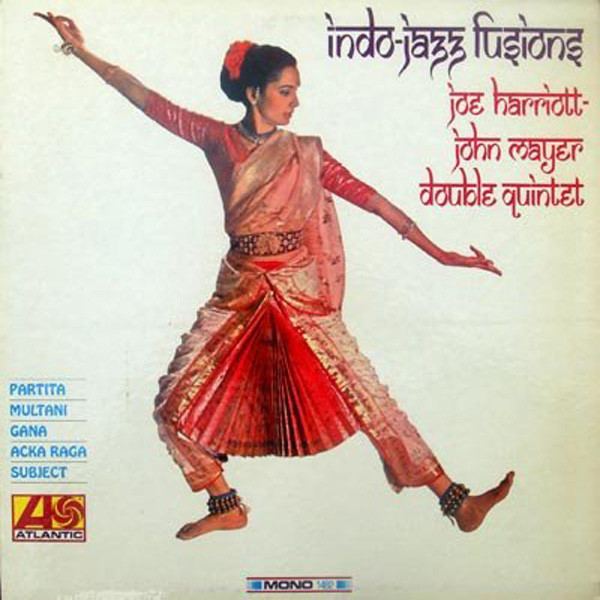 | ||
Joe harriott john mayer indo jazz suite i ii wmv
Indo jazz is a hybrid musical genre consisting of jazz, classical and Indian influences. The structure and patterns would be based on Indian music with the improvisation typical to jazz overlaid. The term might be comparatively recent, but the concept dates at least to the mid-1950s. Musicians including John Coltrane, Yusef Lateef and others showed Indian influences.
Contents
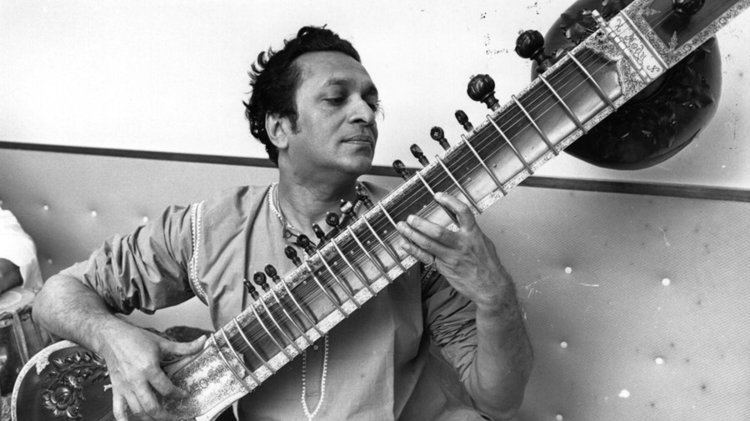
The Mahavishnu Orchestra might be an early example of a jazz group with Indian influences as John McLaughlin at that time was a devotee of Sri Chinmoy. Others found the improvisational elements already in some Indian music to fit well with jazz. Although John Mayer and Joe Harriott are perhaps the most important influences in the movement. In addition Alice Coltrane is also known for relational work.
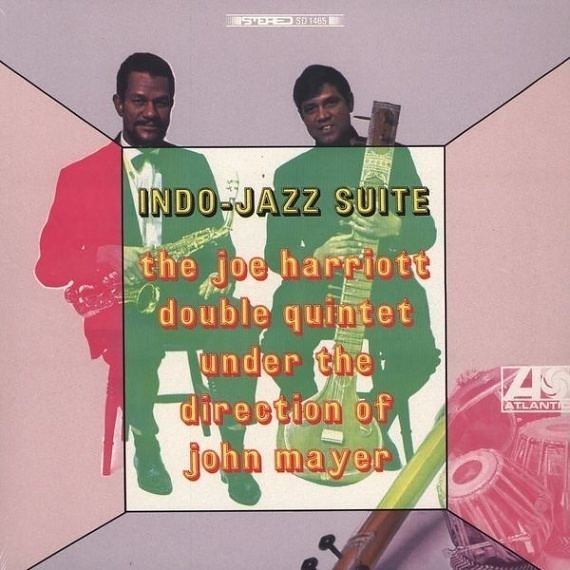
In the early 1970s, L. Subramaniam pioneered a new movement of Indo-Jazz fusion, which he called "Neo-fusion." It became very popular especially after the release of his albums such as Fantasy Without Limits (1979), Blossom (1981), Spanish Wave (1983), Conversations (1984), Indian Express (1985), and Mani and Co. (1986), in which he collaborated with musicians including Stephane Grappelli, George Duke, Stanley Clarke, Tony Williams, Herbie Hancock, Larry Coryell, Emil Richards among others.
The most popular Indian-based Indo-jazz band would be KARMA, with internationally acclaimed tabla maestro Subhen Chatterjee, Lew Hilt (India's best known bassist), Amyt Dutta (one of India's best jazz guitarists) and others fronting the band.
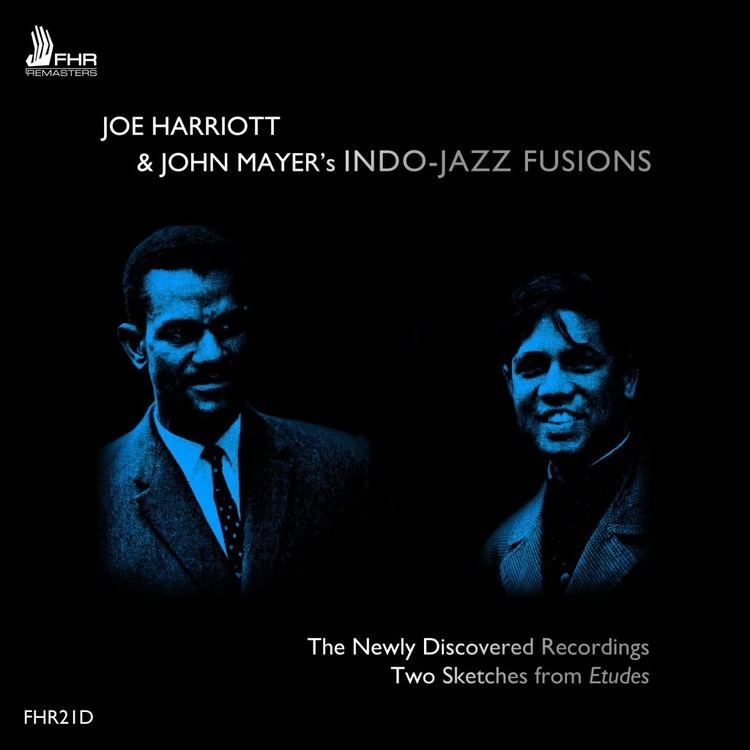
Ashwin Batish
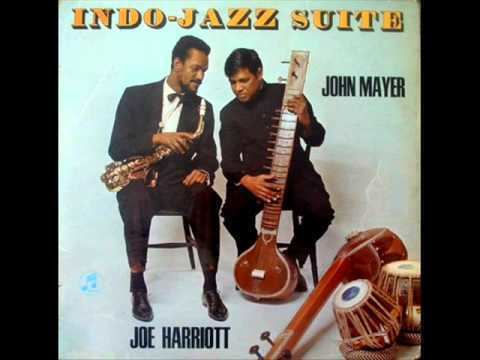
One of the most innovative Indo-Jazz experiences comes from Bombay native Ashwin Batish. Although classically trained in North Indian music by his father Pandit Shiv Dayal Batish, Ashwin's growing up in the West, first UK then USA, gave him a unique insight into the world of Western music. His frequent sit-ins with Jazz musicians and his exposure to western musicians such as his father's collaboration with George Harrison for the Beatles movie "Help," sparked in him a desire to stretch his classical music roots into the world of jazz and fusion. Ashwin has, for the past 35 years, been at the forefront of combining his classical sitar music with rock, pop and jazz. He has received critical acclaim from jazz and world music writers and audiences. His latest release "Jazz Is Where Is" is with his "fiery sitar power trio (Nigel Wood, Ear To The Globe, Ireland).

Indo jazz is danced all around the world and many studios have opened up in honor of it. An example is Shiamak, famous for teaching all kinds of Indian dancing, from traditional to modern. They specialize in Indo Jazz.
Specific to John Mayer
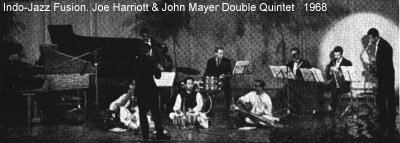
"Mayer is very definite about that distinction, as only someone could understand who grew up in Calcutta studying Indian music with Sanathan Mukherjee whilst simultaneously learning Western music with Melhi Mehta. "Indian music is basically built around a linear technique," he says. "There's no harmony in the Western sense, just one extended melodic line accompanied by a drone. The absence of harmony is compensated for by very complex rhythms. As I found out more about Western music, I realised that there are similarities with the techniques of serialism. In serialism you are dealing with an atonal sequence, and in ragas, the Indian scale system, you are dealing with a tonal sequence, but one which goes up one way and down another, what's called the aroha-avaroha. In most of the music we play in Indo-Jazz Fusions, the music is all scored. I don't believe in too much improvisation, and when there is space for improvising, this is done in a format which reminds the player of the notes of the raga."
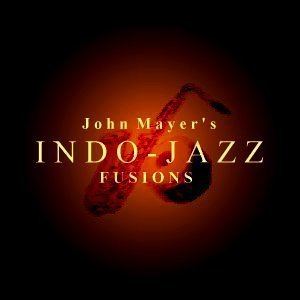
"Indo-Jazz Fusions is just such proof of the folly of labels. It isn't a question of the music being jazz, or Indian, or classical; it is a thoroughly satisfying blend of ingredients into something genuinely new, original and forward looking."
